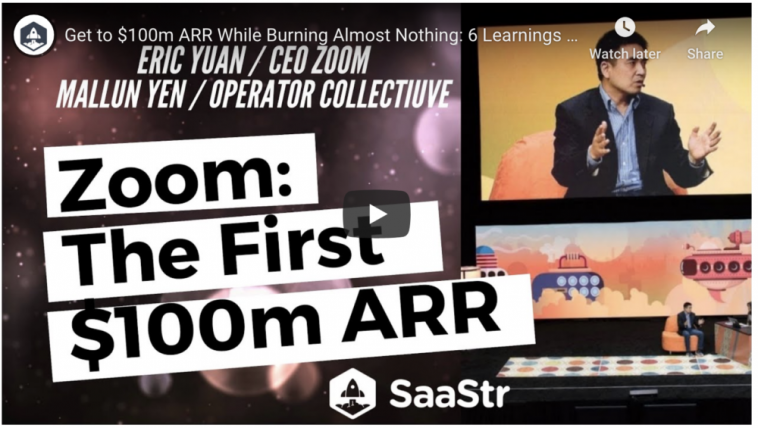- Like
- SHARE
- Digg
- Del
- Tumblr
- VKontakte
- Flattr
- Buffer
- Love This
- Save
- Odnoklassniki
- Meneame
- Blogger
- Amazon
- Yahoo Mail
- Gmail
- AOL
- Newsvine
- HackerNews
- Evernote
- MySpace
- Mail.ru
- Viadeo
- Line
- Comments
- Yummly
- SMS
- Viber
- Telegram
- JOIN
- Skype
- Facebook Messenger
- Kakao
- LiveJournal
- Yammer
- Edgar
- Fintel
- Mix
- Instapaper
- Copy Link
There are some questions in SaaS that are at some level, are almost a mystery:
- Why was Veeva able to burn only ~$10m net on its way to an IPO? Yet Box needed $250m? Both sell to the Enterprise. So it’s not that. Yes, Veeva has a very high ACV, with prepaid contracts. That helps a ton. Yet … is that really the whole story?
- Why did Atlassian essentially need no capital to IPO, yet Slack raised epic amounts? The same with Qualtrics vs Medallia. Don’t they sell to basically the same customers?
- Why was Dropbox so insanely capital-efficient, when Box wasn’t? It’s not just because it’s freemium. Box had a freemium component too, albeit a pretty small one now.
- Why did Zoom basically burn nothing, yet equally “fairly viral” DocuSign consume vast amounts of capital? Both big wins. But with vastly, vastly different burn rates.
Etc. etc.
Why are burn rates so divergent in SaaS?
Now, at a micro-level, we can come up with a lot of factors that explain various burn rates:
- Some founders certainly are scrappy. Others aren’t. At the first SaaStr Annual, all the CEOs on our “Second Timers” panel had relatively high burn rate, well-funded start-ups. Perhaps in part because they had that luxury — they already had a win on their belt.
- Market-dominant strategy does work in SaaS, at least muchly. If you are good at it, you can win in spaces you are weaker in — once you have a brand. So you might as well play this card if you can and are good at it. A longer SaaStr post on Dominant Strategies in SaaS here.
- Some spaces have higher CACs than others. I guess. Maybe. But that’s not really the answer. It’s just a derivative of what I think the “root cause” is. Because if you’ve ever bid on Adwords, you know exactly what drives the price of an Adword up. Competition.
- Do you want to compete where it is expensive to compete? Or where it is cheap to compete? The answer is not simple. Because there is a lot of revenue to grab in the spaces where it is expensive to compete.
Now I have had the luxury of working with about 30 SaaS companies directly, in one form or another (institutional investor, advisor, angel, friend). And I have also my personal experience to build on. We got to cash-flow positive bu $4m-$5m in ARR growing > 100% YoY with a sales-driven model. So it can be done. If I did, you can probably do it too.
And yet, in the end, the average SaaS unicorn raises a stunning $370,000,000!
I think one thing is clear to me: your burn rate in SaaS is highly correlated to Your Chosen Competition. If you want to win in every space, that costs more. If you want to directly take on entrenched competitors, that costs more. If you don’t do freemium right, it doesn’t really decrease your CAC. Etc. etc. Who are you? What are you best at? And how do you want to win?
- First, find the CAC that works for you. This may sound silly, but it isn’t. As interesting as the 40% rule may be, it’s just an average or a median. If you’re in a highly competitive space, and you’re playing to win, you probably need to spend more to take the incumbents on directly. But if that doesn’t work for you, focus for now on the segment where you are 10x better and get the leads to (eventually) come to you. If you’re a Second Timer and can raise $15m tomorrow, you can go head on with anyone you want. If you can’t .. don’t. Average burn rates, like CAC Averages, are misleading.
- Be careful of others’ models and burn rates. You usually don’t know the whole story. Get the real story. Yes, Mailchimp will get to $1b in ARR without raising any money. But do you know why? Yes, it seems like Zoom came out of nowhere. But that’s not really true. The competition was much, much stronger when Zoom started. Do you know why? Before you try to copy Zoom’s business model, you really need to understand it. More on that here:
- Capital is a weapon. But don’t let that discourage you. You may need an extra $100m to win your category (more on that here). But if you can’t pull that off, focus on your competitive advantage and triple down there until your cost of capital becomes trivial.
Net-net, if you have a truly differentiated product, that’s a real solution … there’s more than one way to get to $10m in ARR. In today’s world, where everything is growing faster than ever in SaaS, I’d throw fuel on the fire as much as you can. Grow as fast as humanly possible. Just don’t let your peers’ burn rates and pre-Initial Scale growth strategies confuse you. You can pick and choose how and where you compete, and at least in part, your way up to the top.
Published on June 12, 2020


